What is Price Segmentation? Understanding Segmented Pricing Strategies and Examples [2024]
Price segmentation isn't just a strategy—it's the art of understanding value beyond a single, rigid price tag
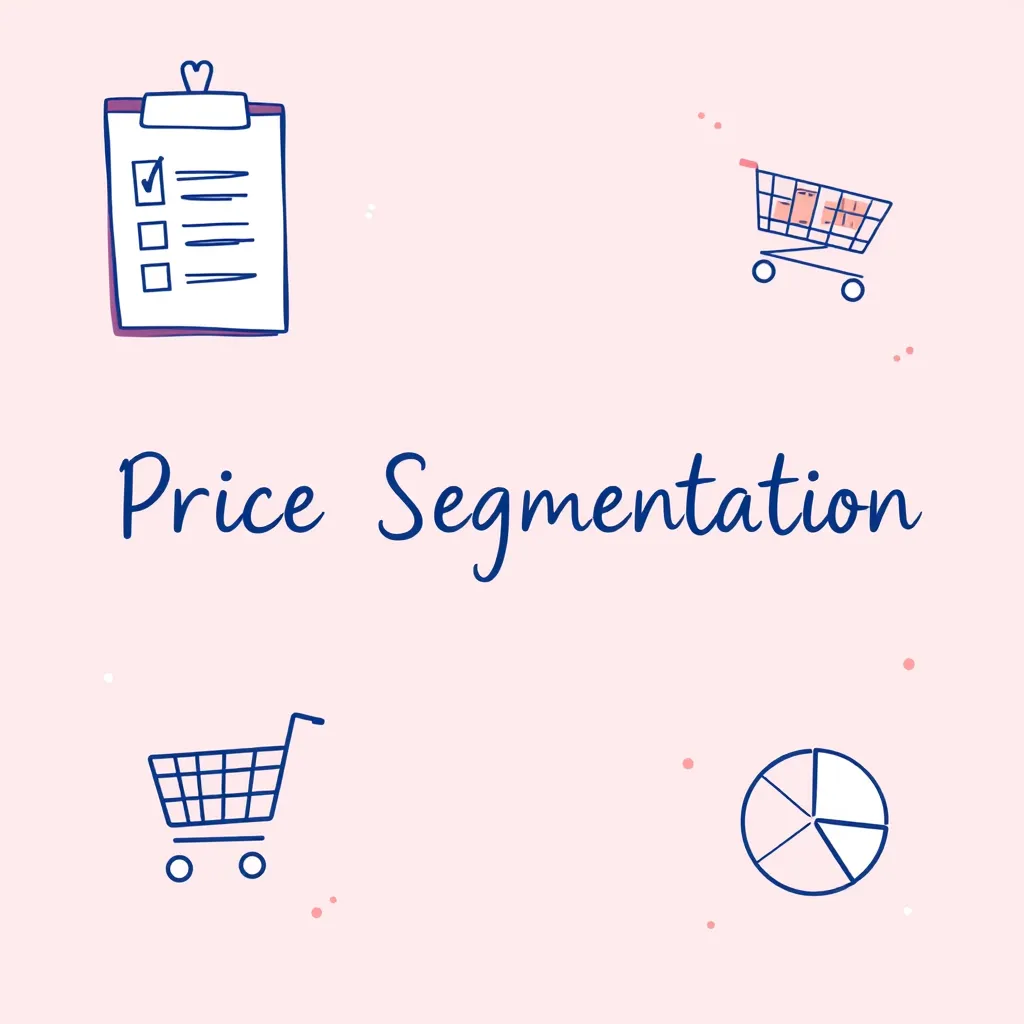
For generations, businesses have clung to a dangerous myth: that one price fits all. But is this not merely an excuse for lazy strategy? Is there an uncrossable line between generic pricing and tailored precision required for segmentation pricing? This mindset assumes simplicity is synonymous with fairness, overlooking the complexities of customer diversity and market dynamics.
Table of Contents
- What is Price Segmentation?
- The Basics of Segmented Pricing Strategies: Examples and Definitions
- Types of Price Segmentation: A Deeper Dive
- The Strategic Advantages of Price Segmentation
- Practical Implementation: Turning Theory into Action
- Enter OneCart: Your Price Segmentation Ally
- The Future of Pricing: Beyond Traditional Boundaries
- Frequently Asked Questions (FAQs)
- Summary
What is Price Segmentation?
Price segmentation, also known as market segmentation pricing, is the strategic approach of setting different prices for the same product or service based on various customer segments, market conditions, or perceived value. It’s not about manipulation or the exploitation of customers—it’s about recognition. Recognition that every customer, every market, every moment carries a unique value proposition.
The Basics of Segmented Pricing Strategies: Examples and Definitions
Why One-Size-Fits-All Pricing is a Myth

Just as unconditional love has its limits, so does uniform pricing. A single price cannot—and should not—represent the diverse spectrum of customer needs, purchasing power, and perceived value. The idea of uniform pricing might sound fair, but fairness isn’t synonymous with wisdom. To cling to a one-size-fits-all model is to ignore the rich tapestry of customer diversity. Think about it—does the cost of a software license reflect the same value for a struggling startup as it does for a sprawling multinational company? Would a luxury watch cost the same in a bustling New York as it would in a small town in rural America? This is a prime example of segmented pricing in action.
Uniform pricing isn’t just impractical; it’s shortsighted. It fails to account for the differences in purchasing power, cultural perceptions of value, and the economic landscapes that shape our buying decisions.
Types of Price Segmentation: A Deeper Dive
1. Customer Segment Pricing: Understanding the Human Behind the Purchase

Pricing isn’t just about numbers and cold calculations—it’s about people and understanding, which is the foundation of customer segment pricing. Every customer carries with them a story—a unique blend of financial capacity, personal priorities, and psychological triggers.
The young professional buying their first car has vastly different needs, anxieties, and spending power compared to a seasoned executive shopping for a luxury vehicle. And yet, traditional pricing assumes they’re the same. Isn’t that a missed opportunity for pricing competitively?
2. Geographic Price Segmentation: When Location Matters
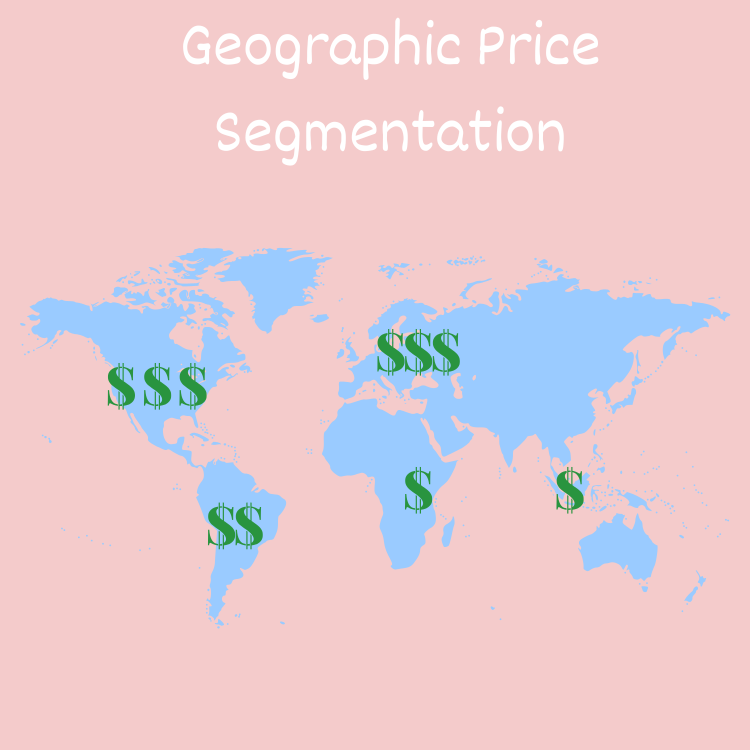
If there’s one thing geography teaches us, it’s that value is fluid. What feels like a luxury in one market might barely register as a necessity in another. A designer bag might be a coveted prize in Europe but considered commonplace in parts of Asia.
Take, for instance, the online marketplace phenomenon where savvy entrepreneurs use geographic price segmentation to source affordable goods from Asian manufacturers and resell them at a premium in Western markets. This isn’t manipulation—it’s adaptability, the essence of geographic price segmentation.
Example: A trend has been going on where sellers in Malaysia purchase relatively cheap products in Asia and sell them at exorbitant prices on multiple e-commerce platforms.
The Strategic Advantages of Price Segmentation
Revenue Optimization: Maximizing Potential, Minimizing Waste
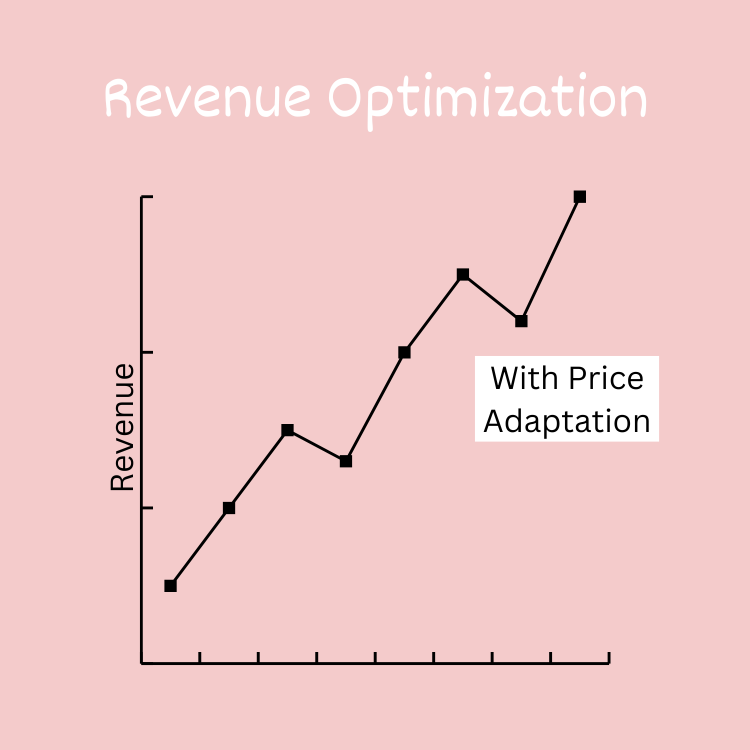
Price segmentation is the compass that guides businesses to greater profitability. It allows you to extract maximum value from each segment of your market without alienating anyone. By aligning your pricing strategy with your customers’ realities, you not only optimize revenue but also strengthen relationships.
Competitive Edge: The Strategic Chess of Pricing
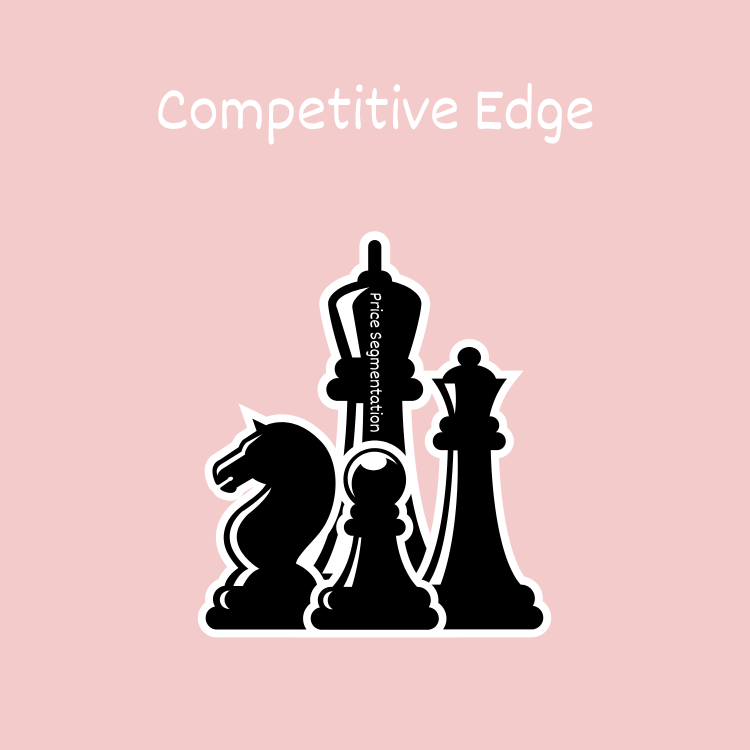
In the game of chess, every move matters. Price segmentation isn’t a pawn—it’s the queen of your strategy. Agile, adaptive, and impossible to ignore, it gives you an edge that’s as much about perception as it is about economics. It’s the quiet signal to your customers that you see them, that you understand their value.
Practical Implementation: Turning Theory into Action
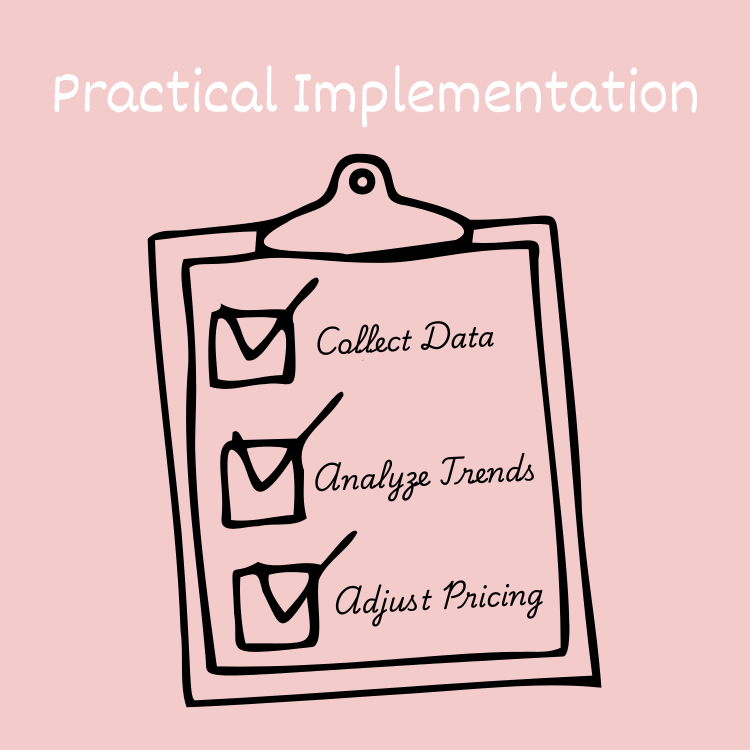
Data: The Cornerstone of Effective Segmentation
To approach price segmentation without data is like venturing into the wilderness without a map. Success demands robust inventory forecasting, sharp analytics, and an unrelenting commitment to research. Knowing your customers’ pain points, preferences, and purchasing habits is the foundation of any effective segmented pricing strategy.
Enter OneCart: Your Price Segmentation Ally
Transforming Complexity into Simplicity
Price segmentation can seem overwhelming, but that’s where OneCart comes in. We simplify the intricate dance of pricing with tools that empower you to adapt and conquer. From synchronizing inventory to adjusting prices dynamically, OneCart equips you to:
- Set platform-specific prices
- Monitor gross margins in real-time
- Identify best-selling products at a glance
Imagine having the power to set different prices on different platforms, track your gross margins in real-time, and identify your best-selling products—all from a single, intuitive dashboard.
The Future of Pricing: Beyond Traditional Boundaries
Emerging Trends: AI: Personalization, and Dynamic Strategies
As technology evolves, so too does the art of pricing. The future lies in intelligent systems—algorithms that don’t just react but anticipate. In a world where every click, search, and purchase tells a story, dynamic pricing strategies powered by AI are rewriting the rules.
Because in the end, pricing isn’t just about numbers. It’s about people, stories, and the endless pursuit of better connections.
Frequently Asked Questions (FAQs)
1) What is price segmentation?
Price segmentation is the practice of offering different prices for the same product or service to various customer segments based on their specific needs, market conditions, and perceived value. It’s a strategic approach to align pricing with customer diversity rather than applying a one-size-fits-all model.
2) Why is price segmentation important?
Price segmentation helps businesses:
- Maximize revenue by capturing the full value from diverse customer groups.
- Stay competitive by offering pricing tailored to specific markets or customer needs.
- Build stronger customer relationships by showing understanding and flexibility.
3) What are some examples of price segmentation?
- Customer Segment Pricing: Offering student discounts or premium pricing for enterprise-level customers.
- Geographic Pricing: Selling the same product at different prices in urban and rural areas, or between countries based on economic conditions.
- Seasonal Pricing: Adjusting prices during peak or off-peak seasons.
4) Is price segmentation ethical?
When done transparently and fairly, price segmentation is ethical. It recognizes differences in purchasing power and value perception rather than exploiting customers. Ethical price segmentation ensures accessibility and fairness for diverse customer groups.
5) How does geographic price segmentation work?
Geographic price segmentation adjusts prices based on location-specific factors such as average income, demand, and market conditions. For instance, a product might cost more in a high-income city that in a rural area where spending power is lower.
6) What data is required for effective price segmentation?
Key data for successful price segmentation includes:
- Customer demographics and behavior.
- Market trends and purchasing patterns.
- Geographic and economic insights.
- Real-time analytics to adapt pricing dynamically.
7) How can businesses implement price segmentation?
Businesses can implement price segmentation through:
- Robust data collection and analytics.
- Advanced tools like OneCart, which allow dynamic pricing adjustments, centralized order processing, and comprehensive reporting.
- Tailored marketing strategies to communicate value to different customer groups.
8) How does OneCart support price segmentation?
OneCart simplifies price segmentation by offering tools for:
- Dynamic price adjustments across platforms.
- Inventory synchronization.
- Real-time gross margin tracking.
- Detailed sales reports to identify opportunities for optimization.
Summary
Price segmentation is more than a strategy—it’s a philosophy, rooted in understanding, adaptability, and respect for diversity. In a world where customers are as unique as the stories they carry, the days of one-size-fits-all pricing are relics of the past. Segmented pricing invites businesses to embrace nuance, to see beyond numbers, and to craft strategies that resonate with every market and customer they serve.
With tools like OneCart, businesses can turn complexity into opportunity, transforming pricing from a challenge into a competitive edge. Because at its core, price segmentation isn’t just about products or markets—it’s about people. And understanding people will always be the most powerful strategy of all.
Ready to turn the complexities of price segmentation into your greatest advantage? Try OneCart today with a 14-day free trial!